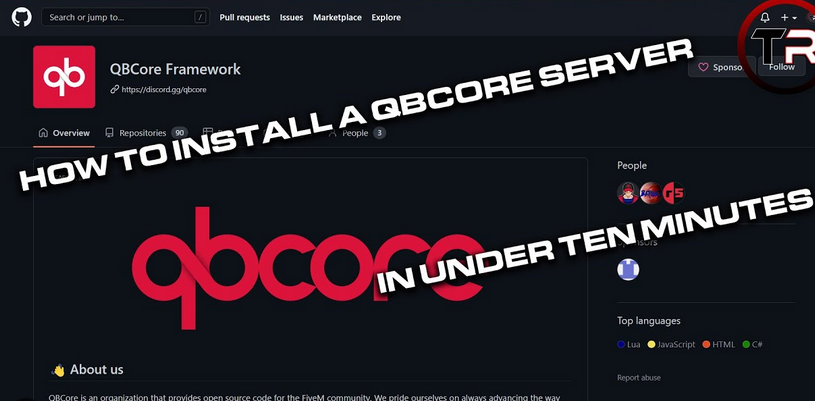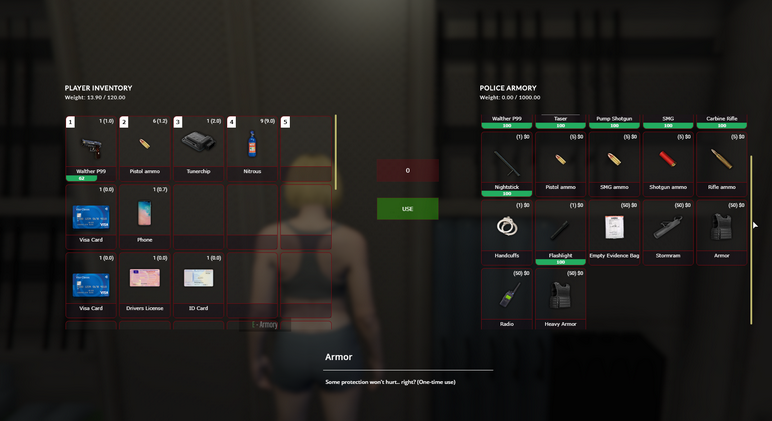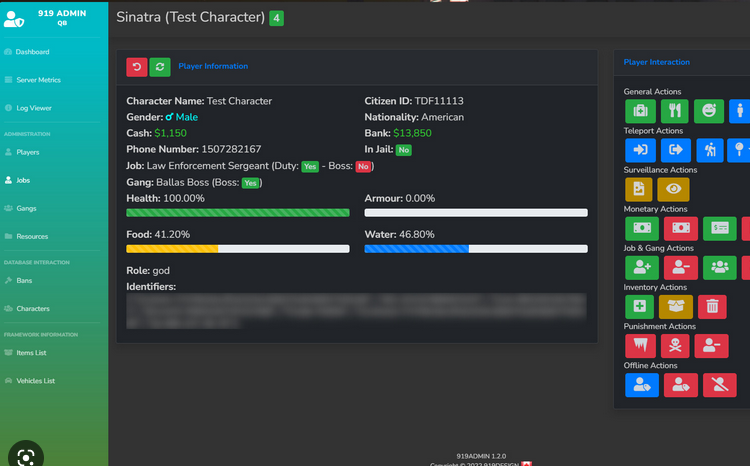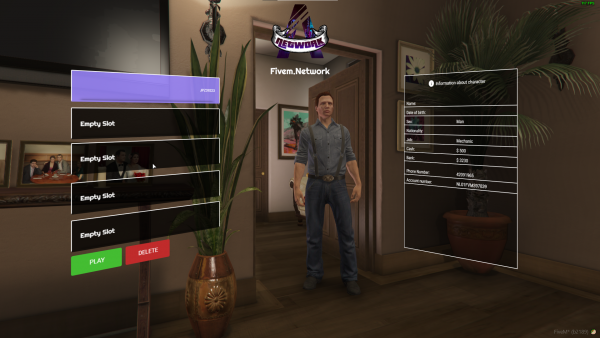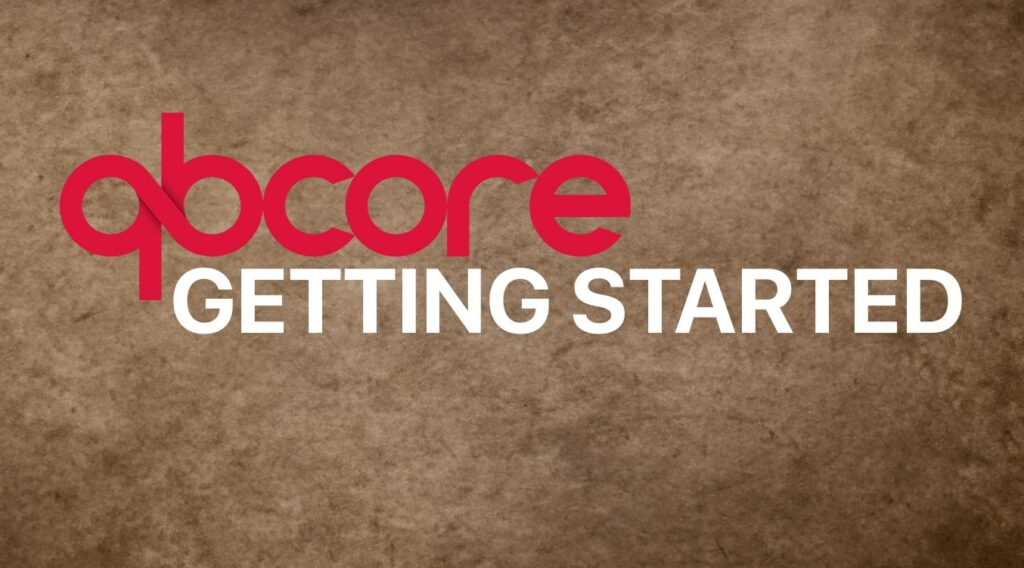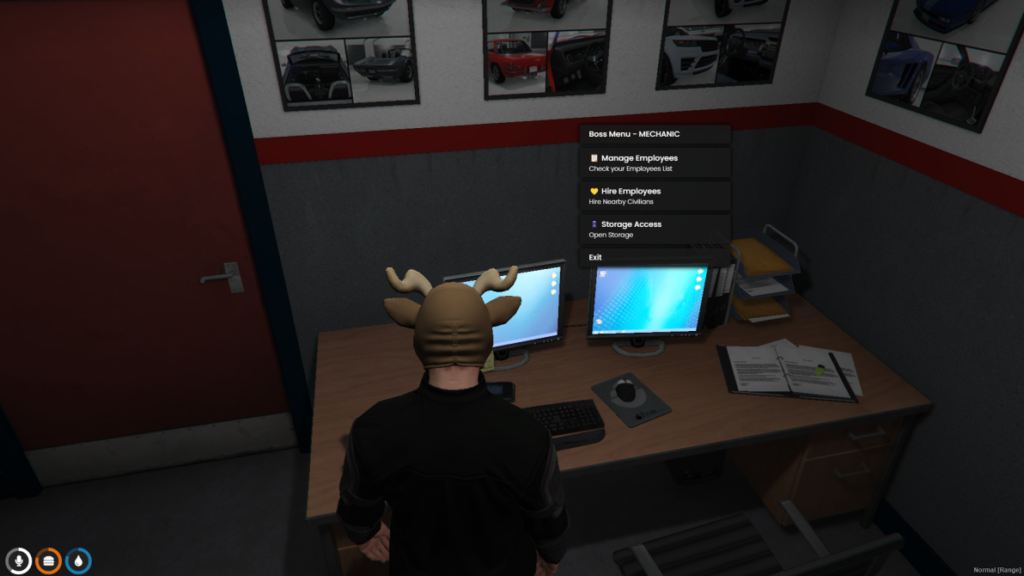Are you looking to add a unique and immersive prison system to your QBCore server? Whether you want to create a high-security facility, a rehabilitation center, or an escape-focused gameplay experience, this guide will walk you through the process step by step. We’ll cover everything from designing the prison layout to implementing jobs, escape mechanics, and rehabilitation programs. Let’s get started!
Table of Contents
1. Planning Your Prison System
Before diving into coding, it’s essential to plan your prison system. Consider the following:
- Purpose: What role will the prison serve in your server? Is it a punishment system, a roleplay hub, or a mini-game?
- Features: Decide which features you want to include, such as jobs, escape mechanics, or rehabilitation programs.
- Layout: Design the prison layout, including cells, common areas, guard stations, and escape routes.
Did you know…
There are already prison-system scripts available – Check them out!
2. Setting Up the Prison Environment
2.1. Create the Prison Location
- Use a map editor like MLO (Map Loader Object) or GTA V’s built-in editor to design your prison.
- Place key areas such as:
- Cells: Where prisoners are held.
- Yard: A common area for prisoners to interact.
- Cafeteria: For meal times.
- Workshops: For prison jobs.
- Guard Stations: For staff to monitor prisoners.
- Escape Routes: Hidden tunnels, vents, or weak fences for escape mechanics.
2.2. Add Markers and Zones
- Use QBCore’s
qb-targetorqtargetto create interactive zones for:- Entering/exiting the prison.
- Starting jobs or rehabilitation programs.
- Accessing restricted areas (e.g., guard-only zones).
3. Implementing Prison Jobs
Prison jobs add depth to your system and give prisoners something to do. Here’s how to create them:
3.1. Job Examples
- Janitor: Clean the prison to reduce sentence time.
- Cook: Prepare meals in the cafeteria.
- Workshop Laborer: Craft items or perform tasks for rewards.
3.2. Coding the Jobs
- Use QBCore’s framework to create jobs. Here’s an example for a janitor job:
RegisterNetEvent('prison:clean', function()
local src = source
local Player = QBCore.Functions.GetPlayer(src)
if not Player then return end
-- Add logic for cleaning (e.g., reduce sentence time)
TriggerClientEvent('QBCore:Notify', src, 'You cleaned the area and reduced your sentence by 5 minutes!', 'success')
-- Deduct time from sentence
TriggerEvent('prison:reduceSentence', src, 5) -- 5 minutes
end)- Add markers in the prison yard or cafeteria where prisoners can start these jobs.
4. Adding Escape Mechanics
Escape mechanics make the prison system exciting. Here’s how to implement them:
4.1. Escape Routes
- Create hidden routes (e.g., tunnels, vents) that prisoners can use to escape.
- Use
qb-targetto make these routes interactive.
4.2. Escape Minigame
- Add a minigame (e.g., lockpicking or hacking) to make escaping challenging.
- Use QBCore’s
qb-lockor create a custom minigame.
Example:
RegisterNetEvent('prison:escapeAttempt', function()
local src = source
local Player = QBCore.Functions.GetPlayer(src)
if not Player then return end
-- Trigger a minigame
TriggerClientEvent('prison:startEscapeMinigame', src, function(success)
if success then
TriggerClientEvent('QBCore:Notify', src, 'You successfully escaped!', 'success')
-- Logic for escaping (e.g., teleport outside the prison)
else
TriggerClientEvent('QBCore:Notify', src, 'Escape attempt failed!', 'error')
end
end)
end)4.3. Guard Response
- Add a system for guards to respond to escape attempts.
- Use
qb-policejobor create a custom alert system for guards.
5. Rehabilitation Programs
Rehabilitation programs can help prisoners reintegrate into society. Here’s how to implement them:
5.1. Program Examples
- Education: Attend classes to learn skills.
- Therapy: Participate in counseling sessions.
- Work Release: Work outside the prison to earn money.
5.2. Coding Rehabilitation
- Create events for prisoners to join programs.
- Reward participation with reduced sentences or in-game benefits.
Example:
RegisterNetEvent('prison:joinProgram', function(program)
local src = source
local Player = QBCore.Functions.GetPlayer(src)
if not Player then return end
if program == 'education' then
TriggerClientEvent('QBCore:Notify', src, 'You joined the education program!', 'success')
-- Add logic to reduce sentence or grant rewards
elseif program == 'therapy' then
TriggerClientEvent('QBCore:Notify', src, 'You joined the therapy program!', 'success')
end
end)6. Managing Sentences
- Use QBCore’s player metadata to track sentence times.
- Create a command or event to assign sentences.
Example:
RegisterNetEvent('prison:assignSentence', function(playerId, time)
local Player = QBCore.Functions.GetPlayer(playerId)
if not Player then return end
Player.Functions.SetMetaData('sentence', time)
TriggerClientEvent('QBCore:Notify', playerId, 'You have been sentenced to ' .. time .. ' minutes in prison.', 'error')
end)7. Testing and Balancing
- Test your prison system thoroughly to ensure it’s balanced and bug-free.
- Gather feedback from your community and make adjustments as needed.
8. Optional Add-Ons
- Prison Economy: Allow prisoners to earn money through jobs and spend it in a commissary.
- Gang Systems: Add gang dynamics within the prison.
- Custom Animations: Use animations for jobs, eating, or escaping.
By following this guide, you can create a fully functional and immersive prison system for your QBCore server. Whether you’re focusing on roleplay, punishment, or escape mechanics, this system will add depth and excitement to your server.
Let us know in the comments if you have any questions or share your own ideas for a prison system!
